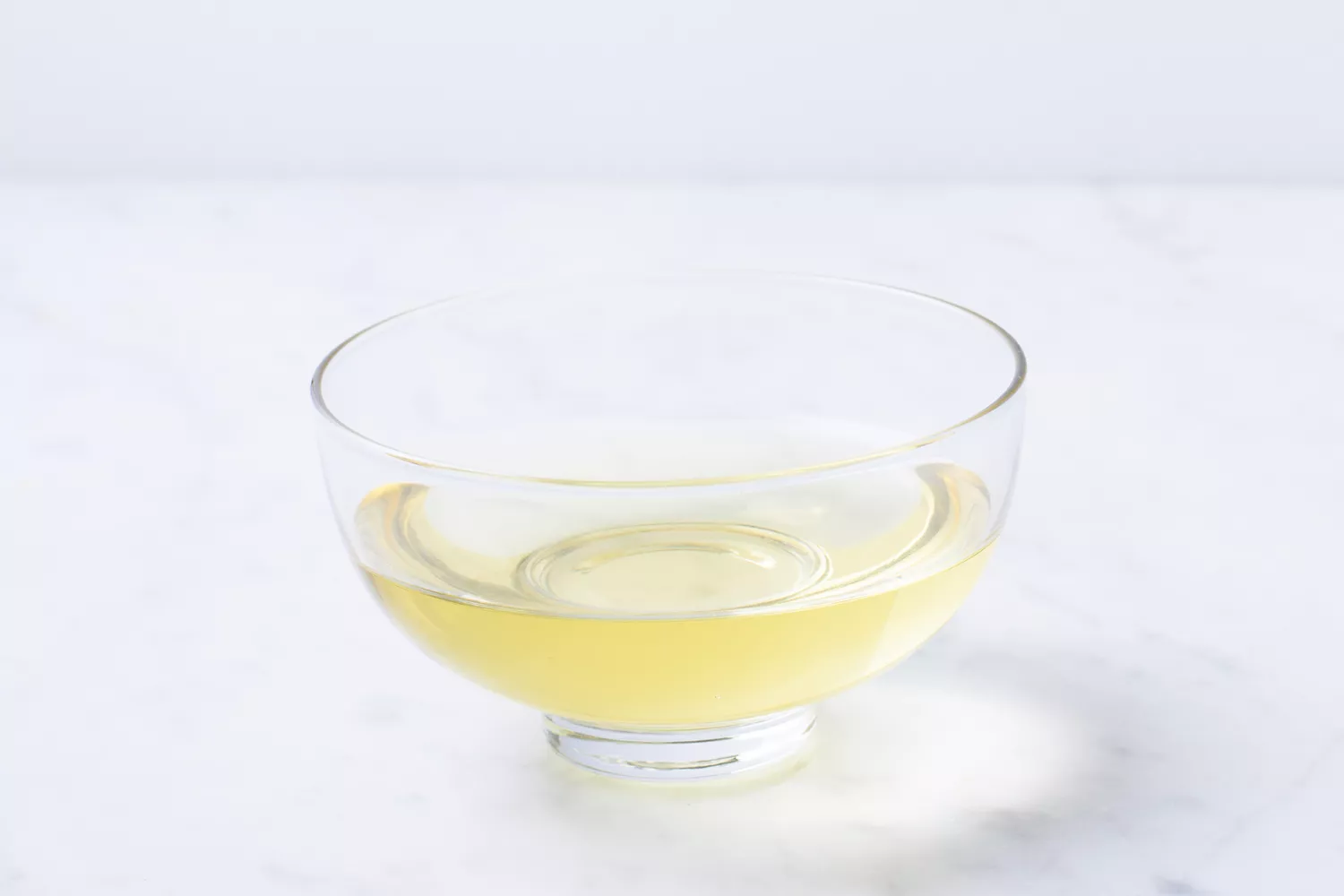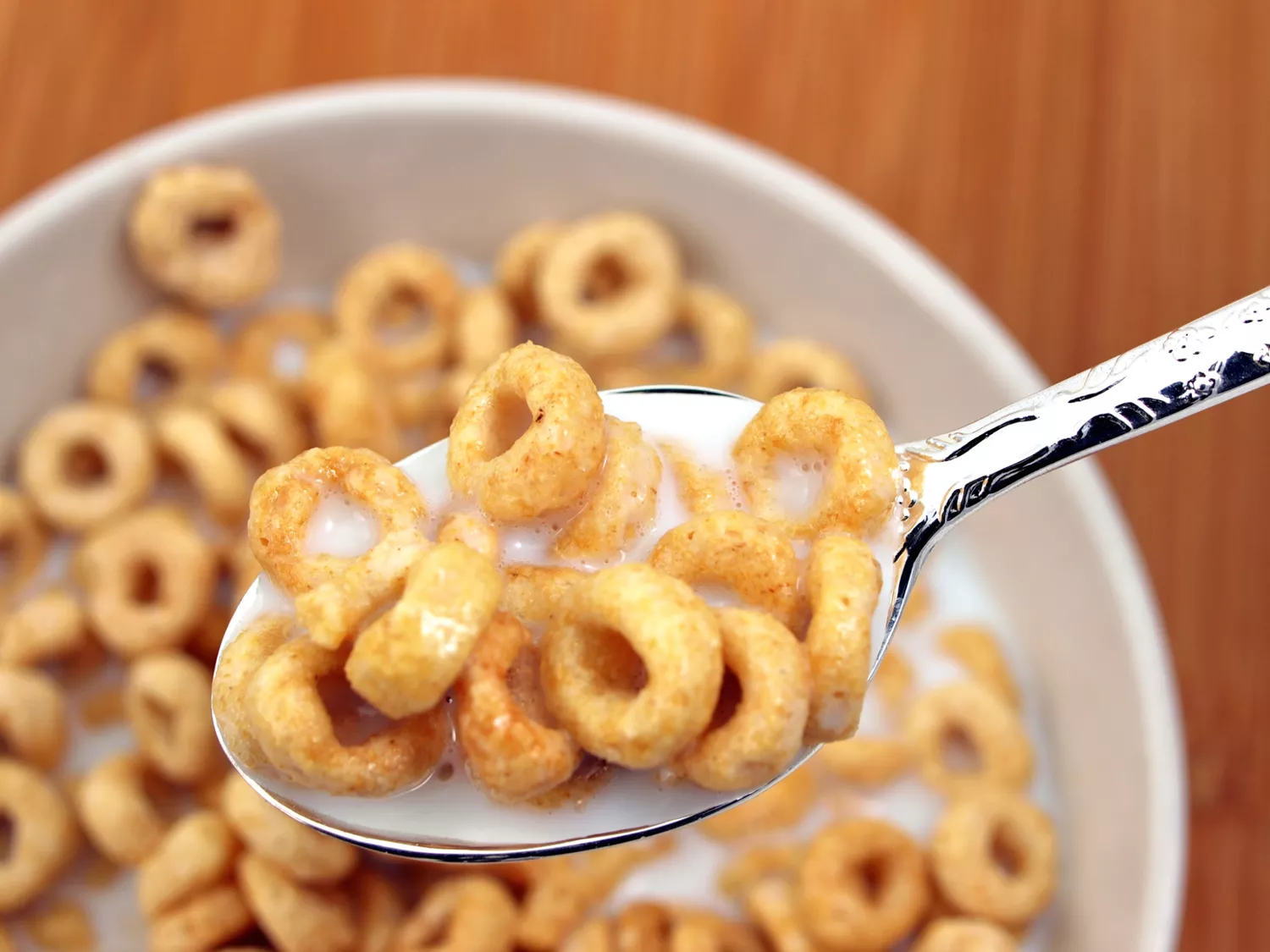Using the right oil while food preparation is important for taste and health and wellness. An oil’s smoke point indicates exactly how it needs to be utilized in cooking. Recognizing what this means for your food and wellness is essential to creating dishes that taste fantastic and supply ideal nutritional top quality. Keep reviewing to learn more around low and high smoke point oils.
What Is an Oil Smoke Point?
A cooking oil’s smoke factor refers to the temperature level when the oil starts to smoke– which it will certainly reach prior to its boiling factor. Home heating oils past their smoking cigarettes point has actually been connected to the formation of carcinogens and can additionally develop an off, burnt flavor.1.
Understanding the distinctions amongst oils and their smoke points is an essential part of healthy cooking. Each oil has a various smoke point, and it influences nourishment, taste, and cooking approaches. If you’re making use of oil to sauté or fry food, the smoke point will certainly be the minute when the oil smokes in the pan.
Factors Affecting Smoke Factor.
Each oil has a various smoke factor, which will certainly vary relying on whether the oil is fine-tuned or not and whether the fats in the oil are polyunsaturated, monounsaturated, or saturated fats. At elevated temperature levels, oils will certainly transform substantially from numerous chemical and physical reactions consisting of oxidation, hydrolysis, cyclization, isomerization, and polymerization. Just how and when these adjustments happen relies on numerous elements.2.
Refining: Considering that refining removes impurities and totally free fats that can create oils to smoke, fine-tuned oils have a greater smoke point.
Kind of fat: Oils high in polyunsaturated fats, such as sunflower, flaxseed, or safflower, have a tendency to have a reduced smoke point. Oils higher in monounsaturated fats (including avocado, canola, and olive) have medium smoke points. Oils high in hydrogenated fats, such as coconut and palm oils, are high smoke factor oils.
Age: As an oil ages, it’s exposed to light, heat, and air, which can lower its efficiency and smoke point.
High Smoke Point Oils.
A high smoke point is 400 degrees F and higher, and high smoke factor oils are best made use of for frying. These consist of avocado oil, canola oil, corn oil, and peanut oil.
Low Smoke Point Oils.
On the various other end, a reduced smoke factor is 225 degrees F or less. These oils– consisting of flaxseed oil, pumpkin seed oil, and walnut oil– should not be warmed and need to be made use of for salad dressing or as a garnish.
Oil Smoke Details and Health.
The smoke that is developed as soon as an oil reaches its smoke factor is a sign that the fat in the oil is damaging down. As oil is heated, much more complimentary fats are created, which lowers the smoke point.

Each time oil is heated, totally free fats and hazardous complimentary radicals are created via a procedure called oxidation– a collection of chain reactions entailing oxygen that deteriorate the quality of the oil and result in rancidity. That’s why it is finest not to reuse frying oil greater than twice.
Reheating oil likewise breaks down helpful polyphenol anti-oxidants, among the major health and wellness advantages of plant-based oils. Continuously heating fats, especially polyunsaturated fats, at heats past their smoke point can trigger the development of carcinogenic substances in the oil and foods cooked in the oil.3.
Research reveals that prolonged and constant direct exposure to cooking oil fumes has actually been connected to particular cancers.4 Avoiding ongoing exposure to fumes generated by cooking oils, along with correct air flow, helps reduced the danger of lung cancer cells.
Oil Smoke Information and Nutrition.
For overall wellness, the very best oils are those high in monounsaturated and polyunsaturated fats. These fats are recognized to be heart-protective and minimize systemic inflammation in the body.
Monounsaturated oils include canola oil, peanut oil, almond oil, olive oil, avocado oil, and high oleic sunflower and safflower oil. These oils often tend to have greater smoke factors. Polyunsaturated oils include wheat germ oil, soybean oil, sunflower oil, safflower oil, grapeseed oil, walnut oil, flaxseed oil, and corn oil– every one of which have a reduced smoke factor. Sesame oil has practically equal proportions of monounsaturated and polyunsaturated fats (around 40{64e9efbe745f9379218bc994add48b207b0d636d8d3672d8160107208b1b3f50} each).5.
After oils are drawn out or pressed, they can either be bottled immediately or improved and refined. Oils left in their natural state are identified as unrefined, cold-pressed, raw, or virgin and are refined with no chemical solvents.
These oils often tend to have better nutrient retention and greater polyphenol components. These unrefined oils likewise tend to have lower smoke points and can turn rancid more quickly, so comprehending their smoke points and storing them appropriately is important.6.
Oil Smoke Things and Flavor.
The flavor of oils differs significantly. Many raw expeller- and cold-pressed plant-based oils have unique flavors. Nevertheless, some are more powerful than others. For example, nut and seed oils such as walnut, almond, pecan, pumpkin seed, and sesame oil, especially the “toasted” selections, have strong flavors that appear like the nut they are stemmed from and are best used as a key component in a meal utilized specifically for their flavor.
One more category of oils, which cooks frequently call “neutral” oils, do not impart a strong flavor. They are made use of largely as fat in food preparation, such as to sauté, brownish, caramelize, or fry (or as an emulsifier in a vinaigrette). These tend to be high smoke point oils, as well. Neutral oils include canola oil, grapeseed oil, corn oil, and avocado oil.
High-grade additional virgin olive oil should have a fruity, bitter, and also pungent peppery taste depending on the kind of olive made use of and its origin and handling. Regular virgin and light olive oils are either a mix of cold-pressed and polished oils or fully fine-tuned with a processing approach that uses warmth and will certainly have a more neutral preference and a little higher smoke points.
Food preparation any type of oil past its smoke point can generate bitter, burnt, and usually unpleasant tastes. While every oil has its very own certain taste– unless it’s one of the “neutral” oils– it will normally taste off if cooked past its smoke point.
Food Preparation Oil Smoke Factor Chart.
Selecting the best oil for your recipe will rely on numerous variables. You want to choose an oil that ideal fits your health and wellness objectives, has (or does not have) a certain flavor, and has the proper smoke point for the cooking style you’re using.


